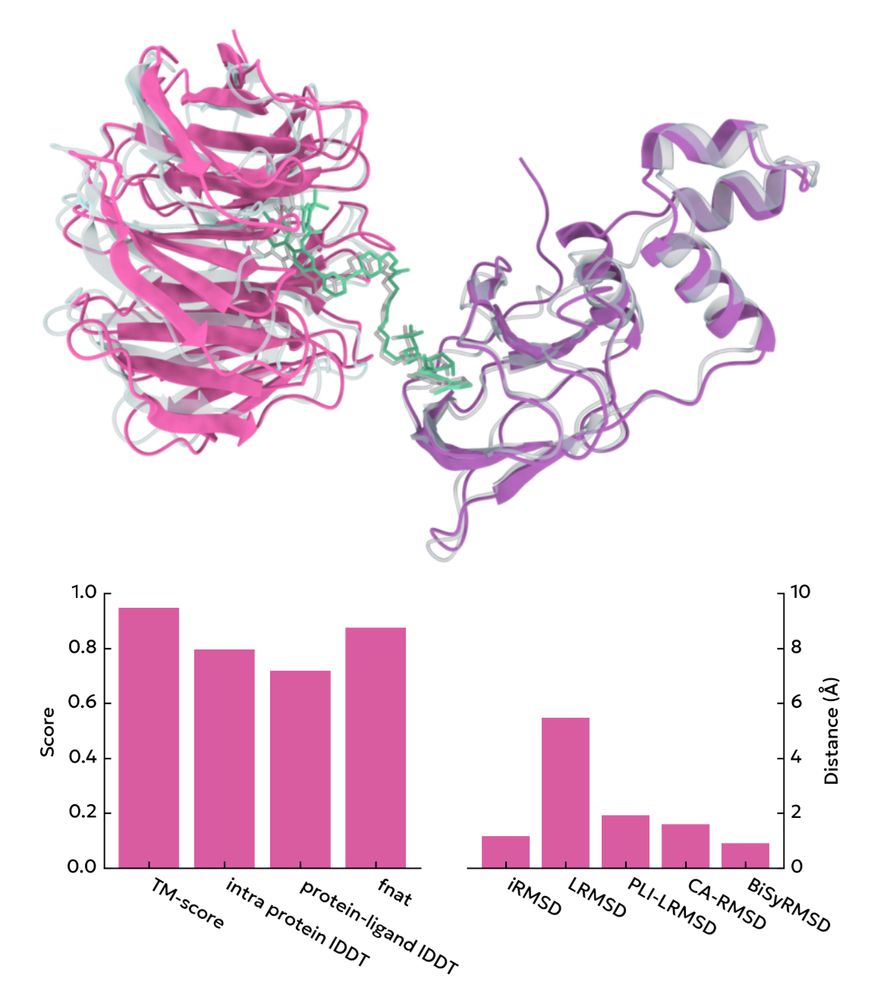

peppr.vant.ai

peppr.vant.ai

I'm proud to share our latest study published in hashtag#Nature, driven by Susana Vazquez Torres, and co-led by David Baker (Institute for Protein Design, University of Washington) and myself.


I'm proud to share our latest study published in hashtag#Nature, driven by Susana Vazquez Torres, and co-led by David Baker (Institute for Protein Design, University of Washington) and myself.
"Cellular Function of a Biomolecular Condensate Is Determined by Its Ultrastructure" 🌟
www.biorxiv.org/content/10.1...
How do biomolecular condensates achieve their cellular roles? It comes down to their internal structure. 🧵⬇️

"Cellular Function of a Biomolecular Condensate Is Determined by Its Ultrastructure" 🌟
www.biorxiv.org/content/10.1...
How do biomolecular condensates achieve their cellular roles? It comes down to their internal structure. 🧵⬇️

👉 Read the full preprint here: chemrxiv.org/engage/chemr...

👉 Read the full preprint here: chemrxiv.org/engage/chemr...



www.biorxiv.org/content/10.1...


